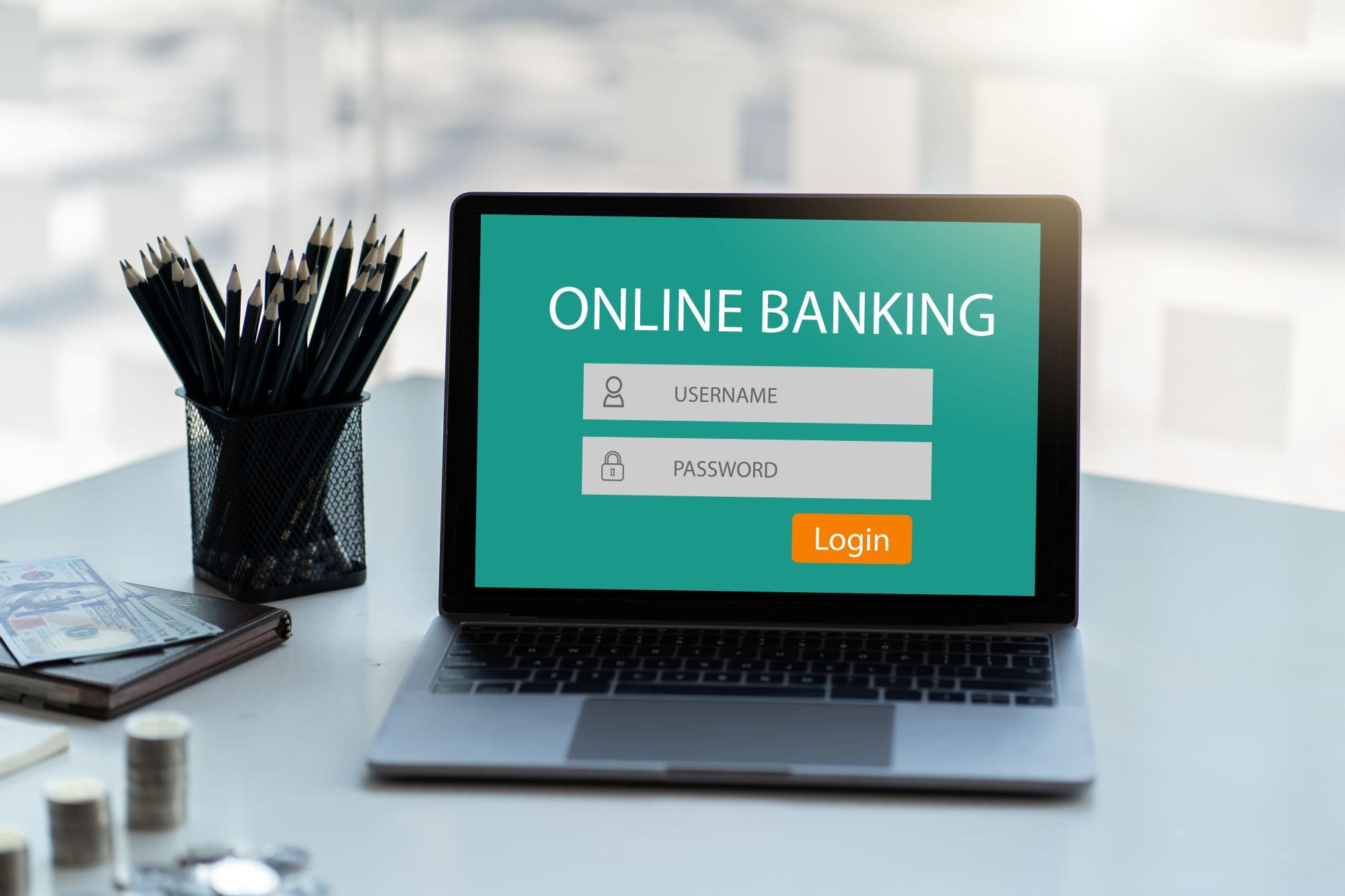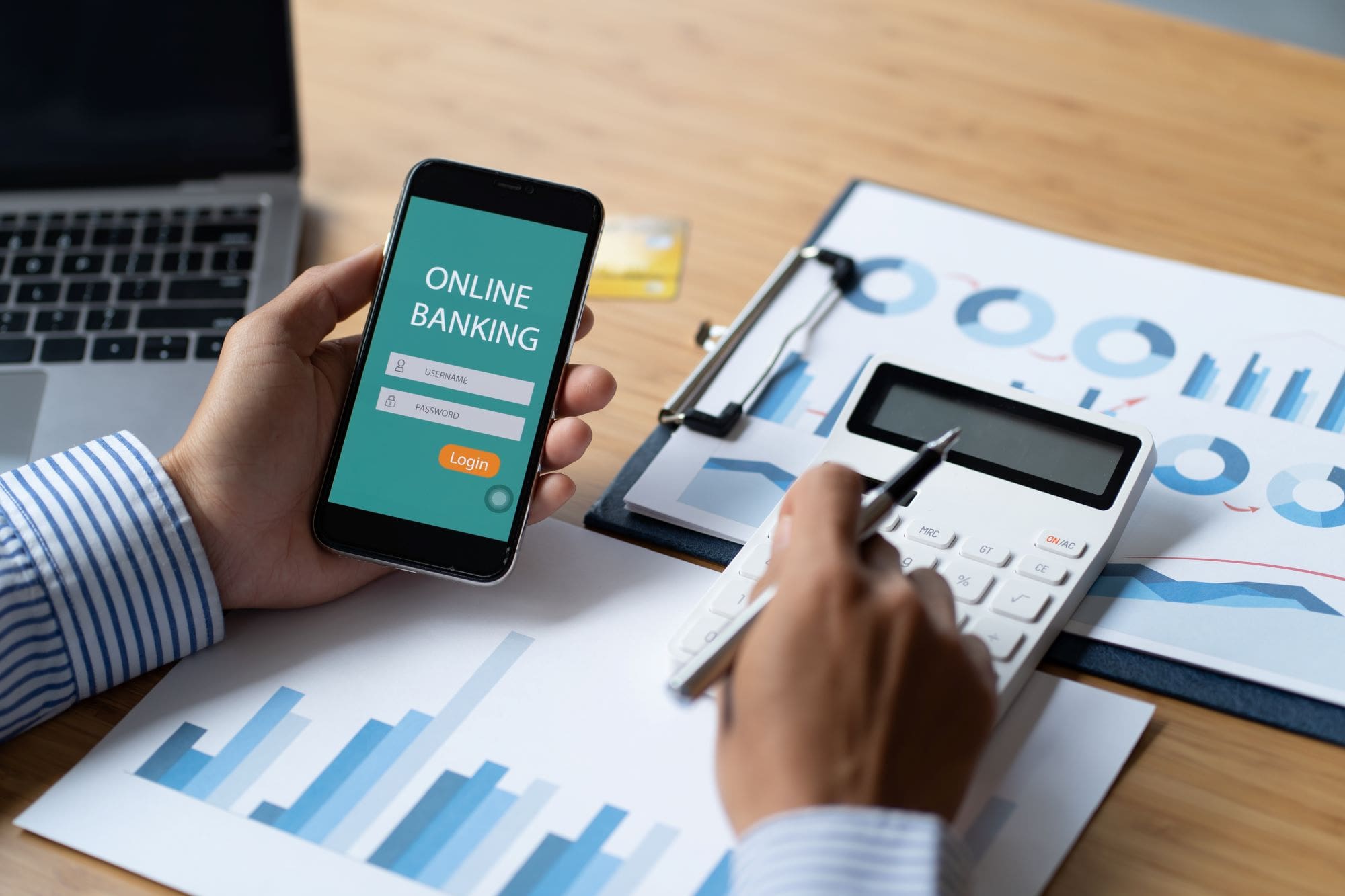
8 Reasons Invoicing Tool Is Important for Your Small Business
Does your business have an invoicing tool? In the last article, we talked about creating a professional and error-free invoice. While you can create a great invoice manually, it also helps to save time and reduce errors. That’s where invoicing tools come in handy.
In this article, I will take you through the key reasons why invoicing software tools are an excellent investment for your business. You will also learn the key things to consider to help you choose the right invoicing software for your small business.
Don’t miss this related article! Why You Should Register Your Small Business
8 Reasons Why a Good Invoicing Tool Is Important for Your Small Business
An invoicing tool is a software solution that helps business owners create and send professional invoices, track payments, and manage their finances.
Here are 8 reasons why a good invoicing tool is important for small business owners:
1. Improved Professionalism
First impressions matter. And this doesn’t apply to just how you look when you are going for an interview.
When you send an invoice that’s professional and well-structured, it instills confidence in your clients. It also shows your clients that you are a serious business owner and take your work seriously. This can help you to build trust with existing clients and attract new ones.
A good invoicing tool allows you to create customized, branded invoices that reflect your identity and professionalism. These include your brand logo, colors, and fonts.

2. Saving Time
Creating and sending invoices manually can be a time-consuming process. You have to enter all client information, calculate the total amount due, and then send the invoice to the client. This can take up a lot of time, especially if you have multiple clients.
A good invoicing tool can automate most of these manual tasks. For example, you can create templates for your invoices and save them for future use. You can also use the tool to calculate taxes, apply discounts, and send payment reminders automatically.
This can free up your time, allowing you to focus on other areas of your work and growing your business.
3. Reducing Errors
Manual invoices are prone to a myriad of errors. You may accidentally enter the wrong information or miscalculate the total amount due. Unfortunately, this leads to delayed payments. This, in turn, will affect your business’s cash flow. And that’s not a good thing.
For example, an invoicing tool can automatically generate invoicing dates and due dates, calculate taxes and verify that all required information is included. This will help you to avoid costly mistakes that could also damage your business’s reputation or lead to legal problems.
A good invoicing tool will help you reduce errors by automating the invoice creation process. The tool can also help you to catch errors before you send an invoice to a client.
4. Organization and Record-Keeping
As a small business owner, you need to keep a meticulous record of your income and expenses.
Invoicing tools often come with built-in features for tracking and categorizing financial data. Especially if you are using one with comprehensive accounting features. This makes tax preparation and financial planning significantly easier, even for your accountant.

5. Tracking Payments and Sending Automated Reminders
Have you followed clients for payments? Then you already know how much of a nightmare it is. This does not just affect your business’s cash flows. It also affects your morale and takes up a lot of your time. And that’s where an invoicing tool will come in handy.
Invoicing tools can help you keep track of outstanding payments and send automated reminders to clients. On tracking payments, you can generate reports, like aging reports, to see unpaid invoices and how long the invoice has been outstanding.
On sending reminders, you can customize automated emails that are sent to clients on specific periods after the invoice falls due.
6. Plus Automated Late Fee Application
Do you charge late fees or penalties for late payments? If not, you should consider this strategy. It shows clients that you are serious about your business. Plus, it encourages early payments. Because who wants to incur more expenses due to late fees?
With an invoicing tool, you can automate this process, including sending a new invoice for the late fee if that’s what you want.
Having said that, ensure that your clients know that you charge penalties for delayed payments. This should be well articulated in your contract and also appear in the note section of your invoice to act as a reminder. You want to be protected legally in case the client challenges the application of the penalties.
7. Security and Data Protection
Your financial data is sensitive, and it’s crucial to keep it secure. With manual invoicing, you will be using invoicing books, which you can leave lying around for anyone to access.
Reputable invoicing tools provide security features to protect your information from cyber threats, ensuring your financial data is safe and confidential.
8. Cloud Storage
Imagine wanting to access a client’s invoice, but the files are in your office. Maybe this client is awaiting confirmation from your end before processing your payment. And that’s how the payment of your invoice gets delayed again.
But you do not have to endure all this with invoicing software. With cloud storage, you can access your files from anywhere. As long as you have an internet connection.
How to Choose the Right Invoicing Tool
Now that you know why invoicing software tools are important, how can you choose the right one for your business?
Consider the following factors when choosing an invoicing tool:
- The features that are important to you
- Pricing of the software – while some are free, others have subscription fees for accessing advanced features
- The ease of use of the tool
- The customer support offered by the tool
- Automation capabilities
- Integration capabilities with other third-party software, like your credit card or bank account
- Security measures
Additionally, you should check out reviews from other users. What’s their experience on using the tool and getting support when in need?
In Conclusion
Invoicing is a fundamental aspect of every small business, and you shouldn’t take it lightly. A good invoicing tool can be a game-changer, enhancing your professionalism, saving you time, and improving your financial organization.
With the right tool, you can ensure accurate invoicing, timely payments, and brand consistency. So, if you’re a small business owner looking to streamline your invoicing process, it’s time to explore the world of invoicing tools and choose the one that fits your needs.
FAQ
What Are the Important Details to Have in my Invoice?
An error-free invoice should include all the essential details. These include your contact information, the client’s contact information, the services provided, the amount due, and the due date.
How Can I Create Effective Invoices
In addition to having all the essential details, you should also;
- Use clear and concise language.
- Proofread the invoice carefully before sending it to the client.
- Send the invoice to the client as soon as possible.
- Accept online payments to make it easier for clients to pay you.






